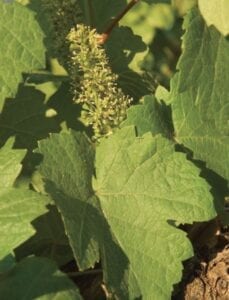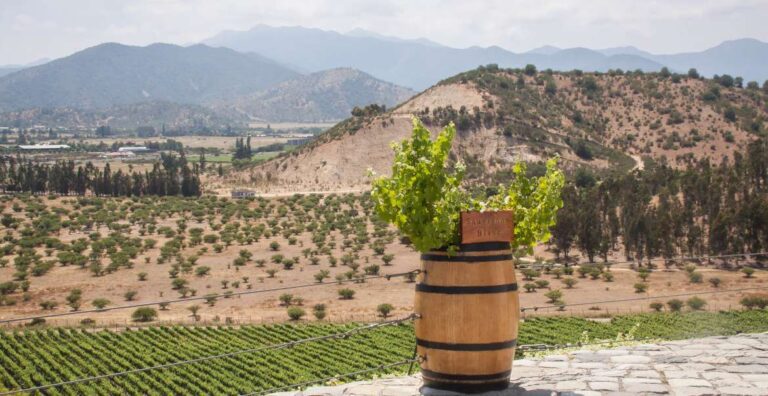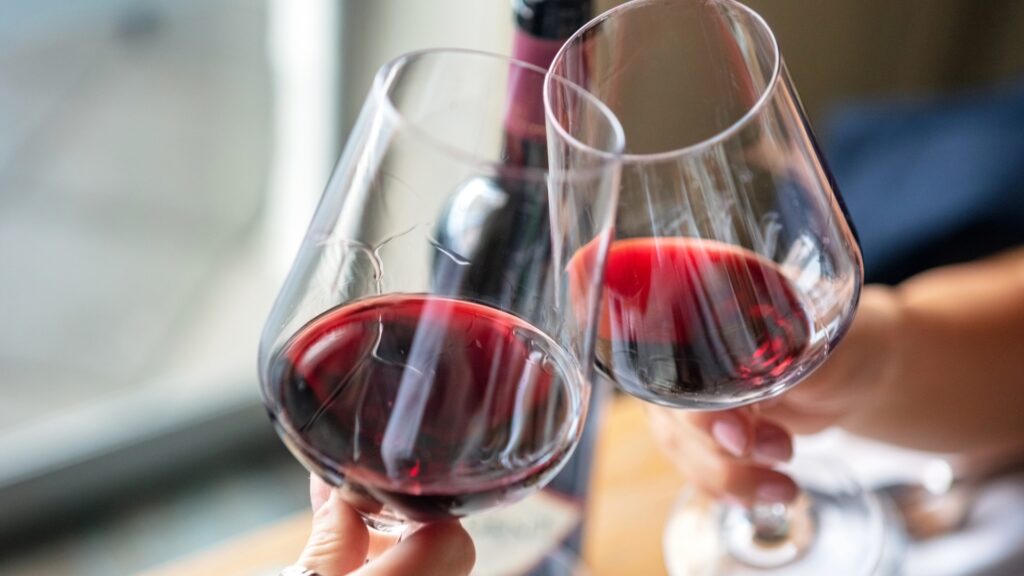Did you know that it takes 3-5 years before a newly planted grapevine will produce grapes that are up to quality winemaking standards? Or that vines grow 2-3 cm every day in the summer, to be cut back again in the winter?
A little more than a generation ago, in many wine regions around the world, the roles of winegrower and winemaker were separate. Winegrowers grew grapes and winemakers, either a négociant or a winery, would buy the grapes and vinify them into wine. Today, one person may fill both roles, or frequently a winery will employ a person for each role.
A winegrower’s activities consist of seasonal tasks, propagation, vine training and pruning, irrigation, canopy management, and harvest…all of which is weighed against terroir, geography (soil and topography), climate, and microclimate. A better understanding of the complexities of viticulture can help you appreciate your glass of vino even more, because you’ll know all of the hard work and variables behind it that a winegrower has to consider even before the grapes go to the cellar.
Here is a closer look at vineyard management and the life cycle of the grape and vine by season.
Vineyard Management by Season
The Winegrower’s Tasks
In winter, the winegrower begins pruning and this starts the vegetative cycle of the vine. He or she will take vine cuttings for indoor grafting onto rootstocks which are planted as new vines in the spring, a year later. The winegrower turns the soil to aerate the base of the vines.
In spring, the winegrower removes the mounds of earth piled against the base of the vines to protect against frost. He or she will plant year-old nursery cuttings and tie down canes on wires. In frost-prone regions like Chablis and Champagne, winegrowers run heaters in the vineyards at night. If needed, the winegrower applies treatments against oidium, mildew, and insects.
In summer, the winegrower does leaf thinning, removing excess foliage to expose the flower sets, and green pruning, taking off extra bunches, to control the vine’s yields and to ensure quality fruit is produced. Winegrowers continue treatments, eliminate weeds and trim vines to expose fruit for maximum ripening. Winegrowers control birds with netting and automated cannons.
In fall, as grapes ripen, sugar levels and color increases as acidity drops. The winegrower checks sugar levels continuously to determine when to begin picking, a critical decision for the wine. In many areas, the risk of rain, hail or frost is an ever-present danger. A month later, winegrowers cover the base of the vines with soil to protect against frost. The winegrower will spread manure and compost and gather the year’s shoots for burning.
The Life Cycle of the Grape
Winter: The dormant vines are completely without leaves. Cuttings are taken for indoor grafting onto rootstocks to be planted as new vines in the spring a year later. The vines awaken and sap begins to rise. At the end of winter, budbreak begins.

Spring: New shoots emerge from the vine, and there follows a period of rapid growth during which frost is a serious concern. Year-old nursery cuttings are planted. Near the end of spring, the vines begin to flower (floraison), which completes within 10 days. Fruit set is the delicate stage after flowering, when the flower transitions to grape. This critical period is a major determinant of the crop size and quality. Normally, harvest takes place around 100 days after flowering.
Summer: Berries grow and change color; warm, sunny weather is desirable. At the end of summer, grape sugar levels and color increase as acidity levels drop. Early-ripening varieties (e.g. Merlot, Gamay, and Tempranillo) are picked.
Autumn: Harvesting continues with later-ripening varieties (e.g. Pinot Noir, Cabernet Sauvignon). The harvest is usually complete by mid-October. The sap recedes and the vine becomes dormant. At the end of autumn, winter pruning begins in some regions.




